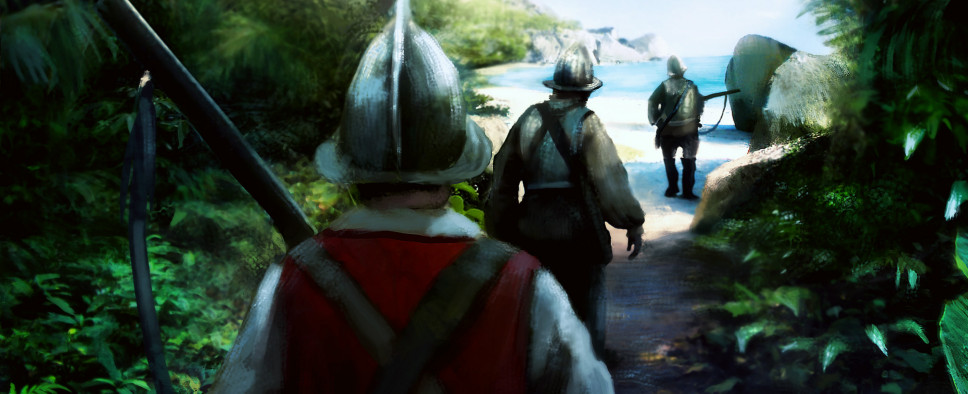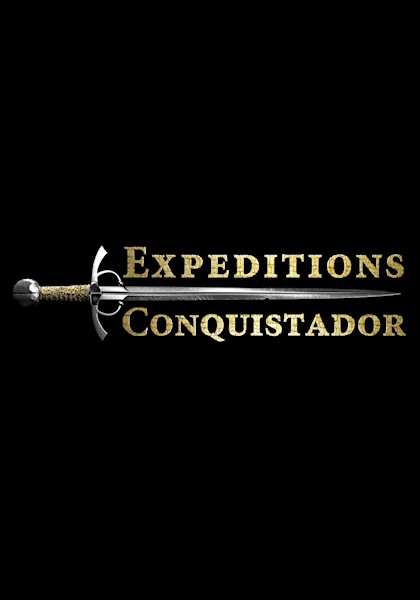Expeditions: Conquistador Review - Page 3
-
Category: ReviewsHits: 9097

Article Index
Games with tough choices get applauded, but at the end of the day, most of those are merely flavor. In Conquistador, you can choose to pillage a native village for supplies, or you can choose to tough it out in the hopes of catching a break soon. But if you don't, your party's morale will start deteriorating, which may eventually result in a mutiny and a campaign loss. And so you have to decide where your morals end and self-preservation begins.
Alternatively, you can just be a jolly pirate, pillaging for the fun of it and buying your crew's loyalties with fat freshly-looted rations. The choice is yours. And to think that all of this was gutted because some players couldn't be bothered to check some boxes every once in a while.
Well, whatever the future may hold for the series, and Viking at least was still a very good RPG, we'll always have Conquistador. Few other games out there offer a similar sense of wonder. The game invites us to explore a land of superstition, one where you can never be sure if the supernatural elements are real or merely products of your overactive imagination reacting to being immersed in a new land that's so unlike anything you've seen before.
Conquistador's art, and portraits, in particular, do a great job of selling its setting. Its character all speak in a manner that makes you believe that they really are Spanish conquistadors, as opposed to just modern-day people glued to a slightly washed-out canvas. Or worse, some slapstick routine. And in this day and age, finding a game like this is about as rare as actually discovering the City of Gold or the Fountain of Youth.
Cool Hats for Everyone
Being a conquistador, a lot of fighting is kind of right there in the job description. And in Expeditions: Conquistador that fighting will be happening in a turn-based fashion on a hex grid.
The game eschews individual initiative in favor of alternating turns between two sides of a conflict. Which side goes first is often determined by various skill checks and events leading up to the battle.
If you get some time to prepare, you can deploy barricades, traps, or even a cannon in order to even the odds, since your enemies are oftentimes more numerous. Your standard battle party consists of six people, although certain scenarios stick you with five or even just three soldiers. Your enemies though can easily double your numbers. The most common objective is to eliminate your opposition, but occasionally, you'll be tasked with just surviving a set number of turns or disabling all your enemies before they escape.
Your followers' classes determine their combat stats, initial weapon options, and active skills. Each class has three unique active skills unlocked by ranking up, and if upon unlocking all of those you keep promoting a certain character, they'll become an officer, begin improving the whole team's morale, and unlock a new active skill independent of their class. With you being the Captain, you can have up to two Sergeants and one Lieutenant in Conquistador.
Ranking up also grants one passive ability and improves a follower's camping skills. While the latter are self-explanatory, the former can improve a character's combat prowess in a variety of ways, like making them more resilient to critical hits or improving the damage they do when flanking.
All in all, the combat system is fairly complex and isn't too streamlined. You're not limited to two actions per turn and are instead free to spend your attacks and movement points in whichever order you see fit. Direct line of sight is significantly more important than mere cover, and flanking requires you to actually flank an opponent, and not just have two or more characters adjacent to an enemy.


